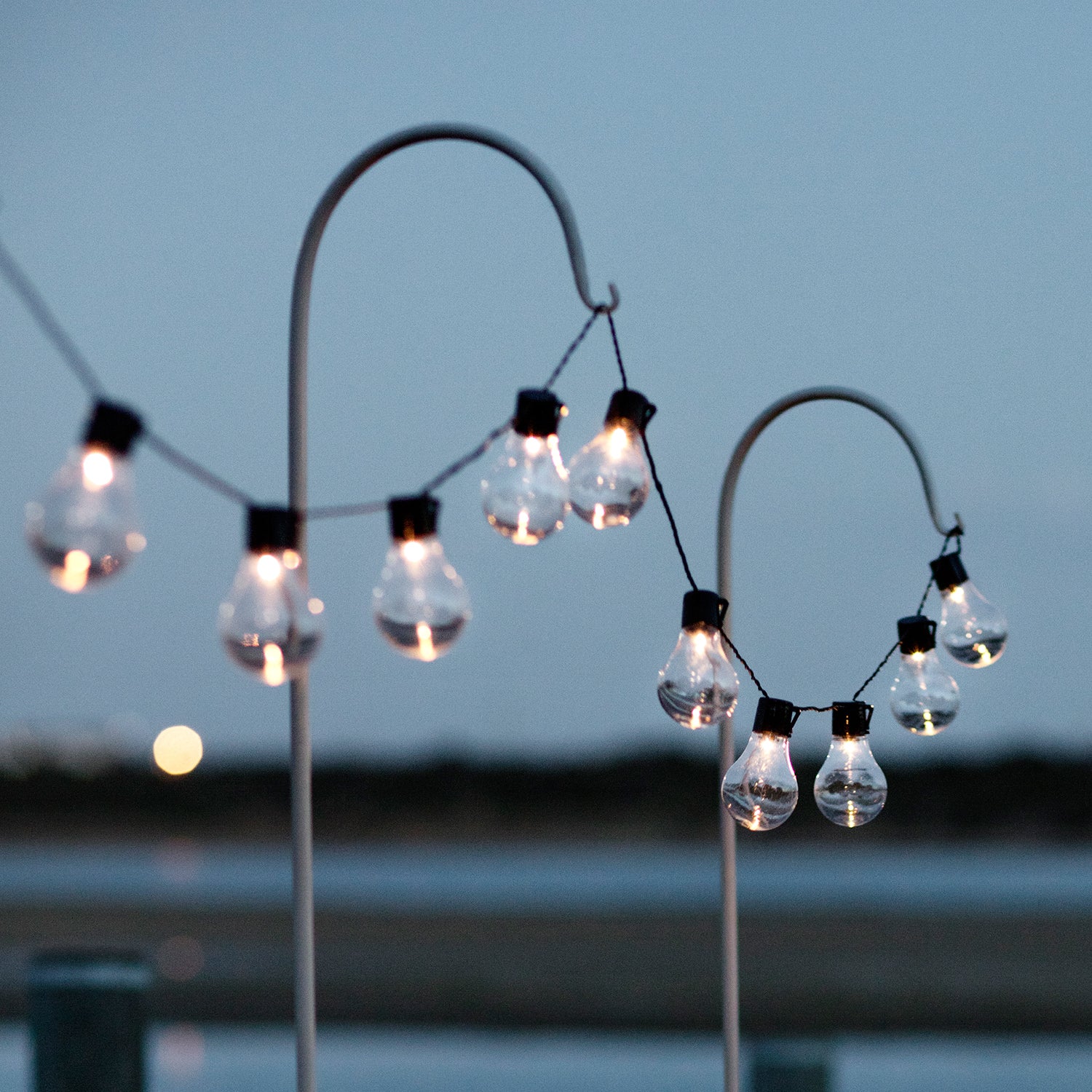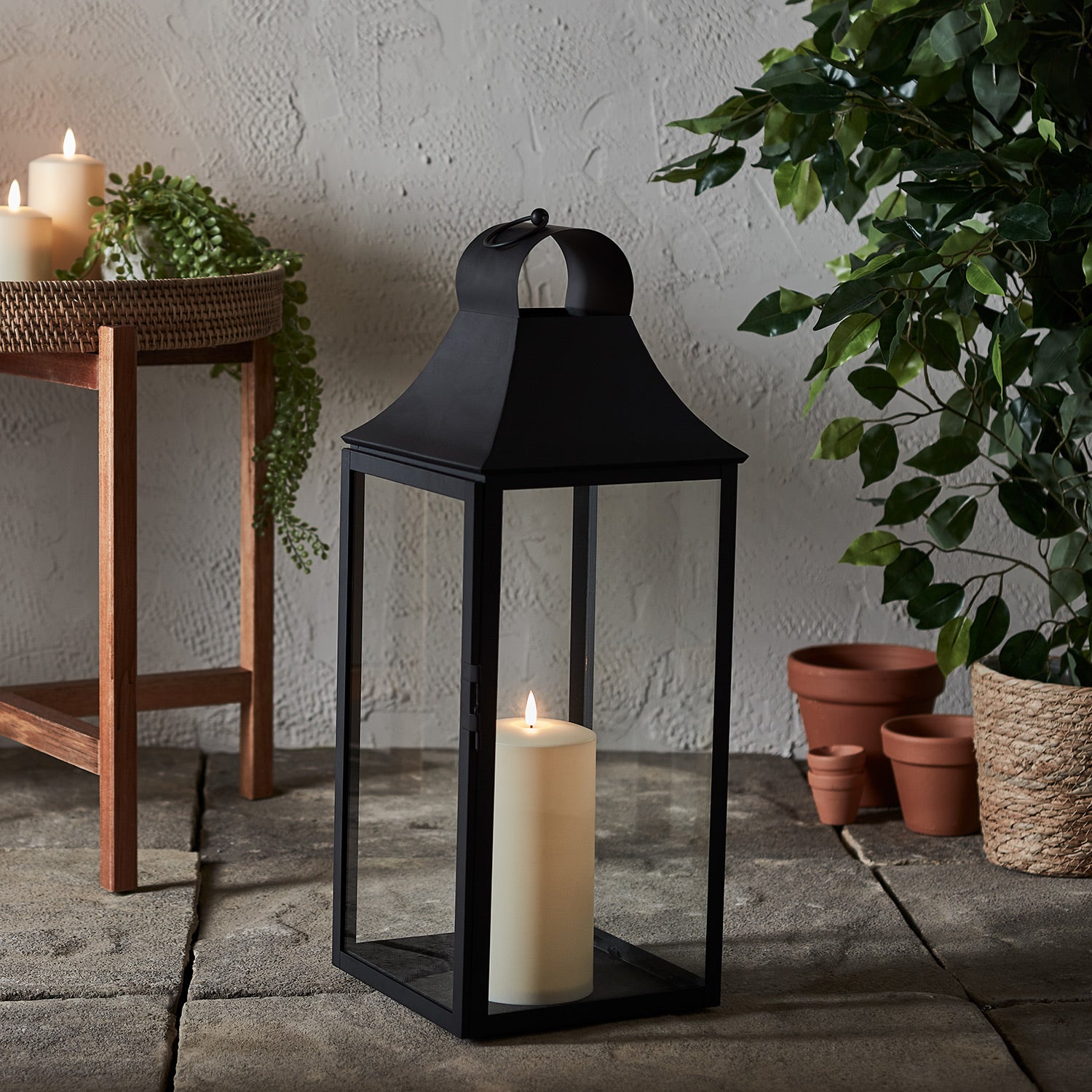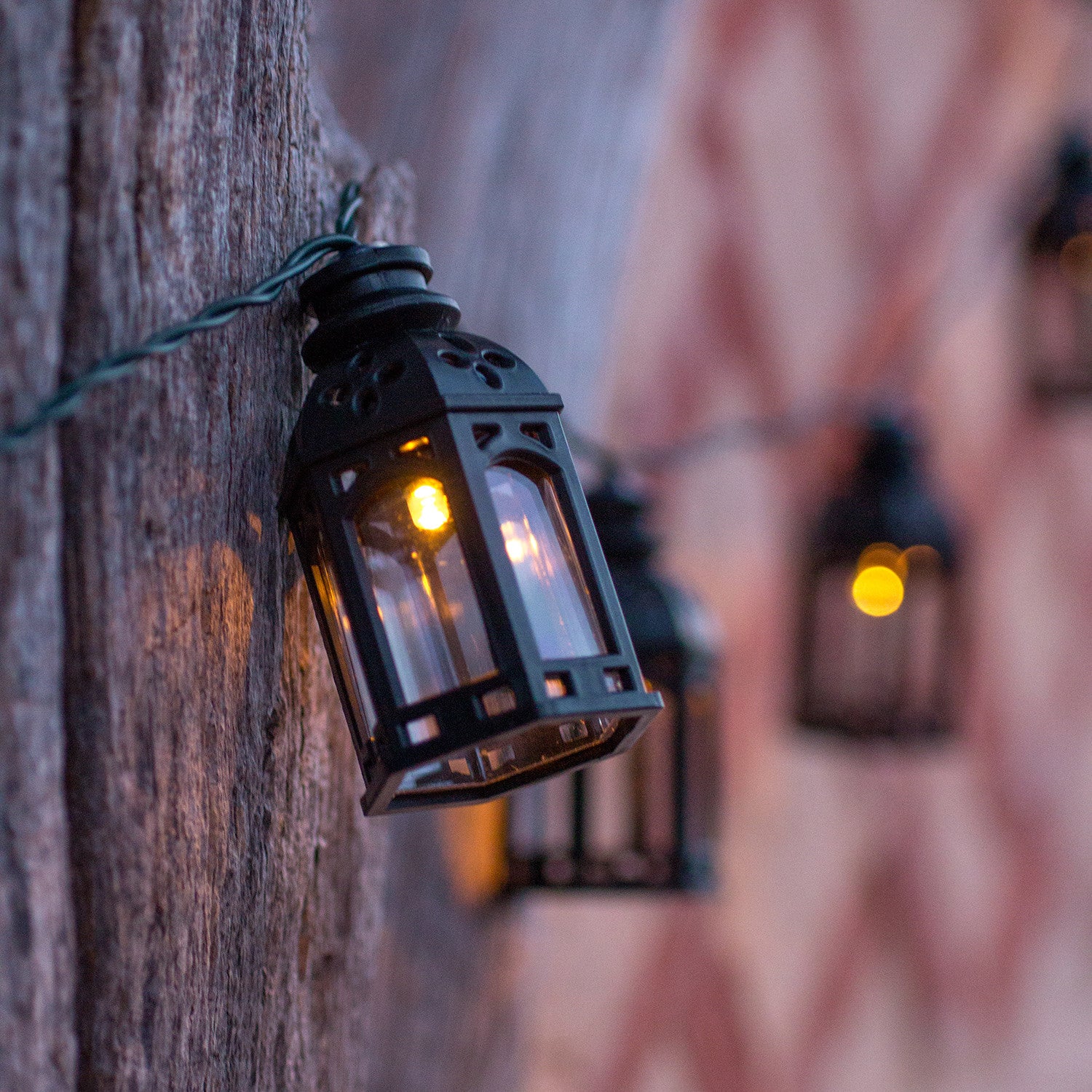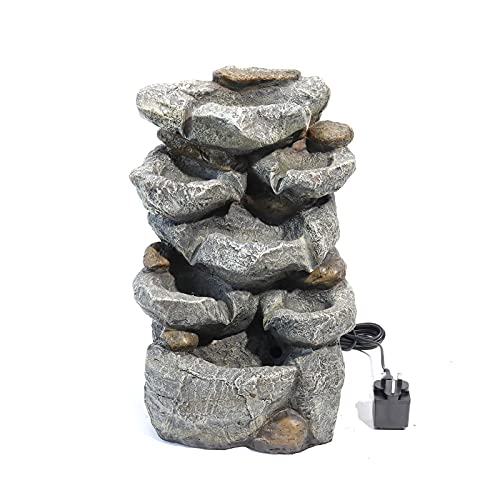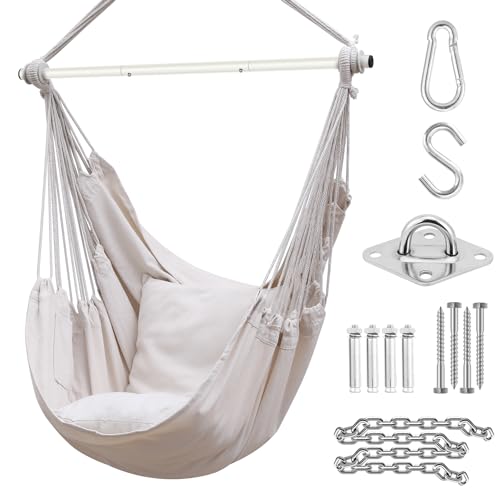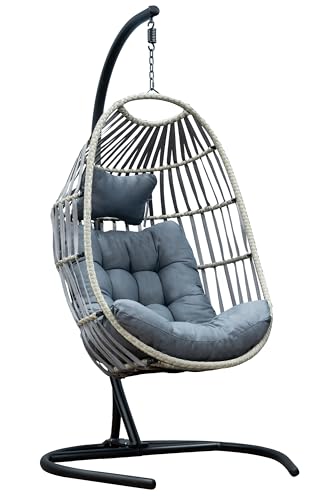10 outdoor reading nook ideas that will inspire you to carve out a quiet retreat in your garden
Make the space to dive into a good book with one of these serene outdoor reading nook ideas
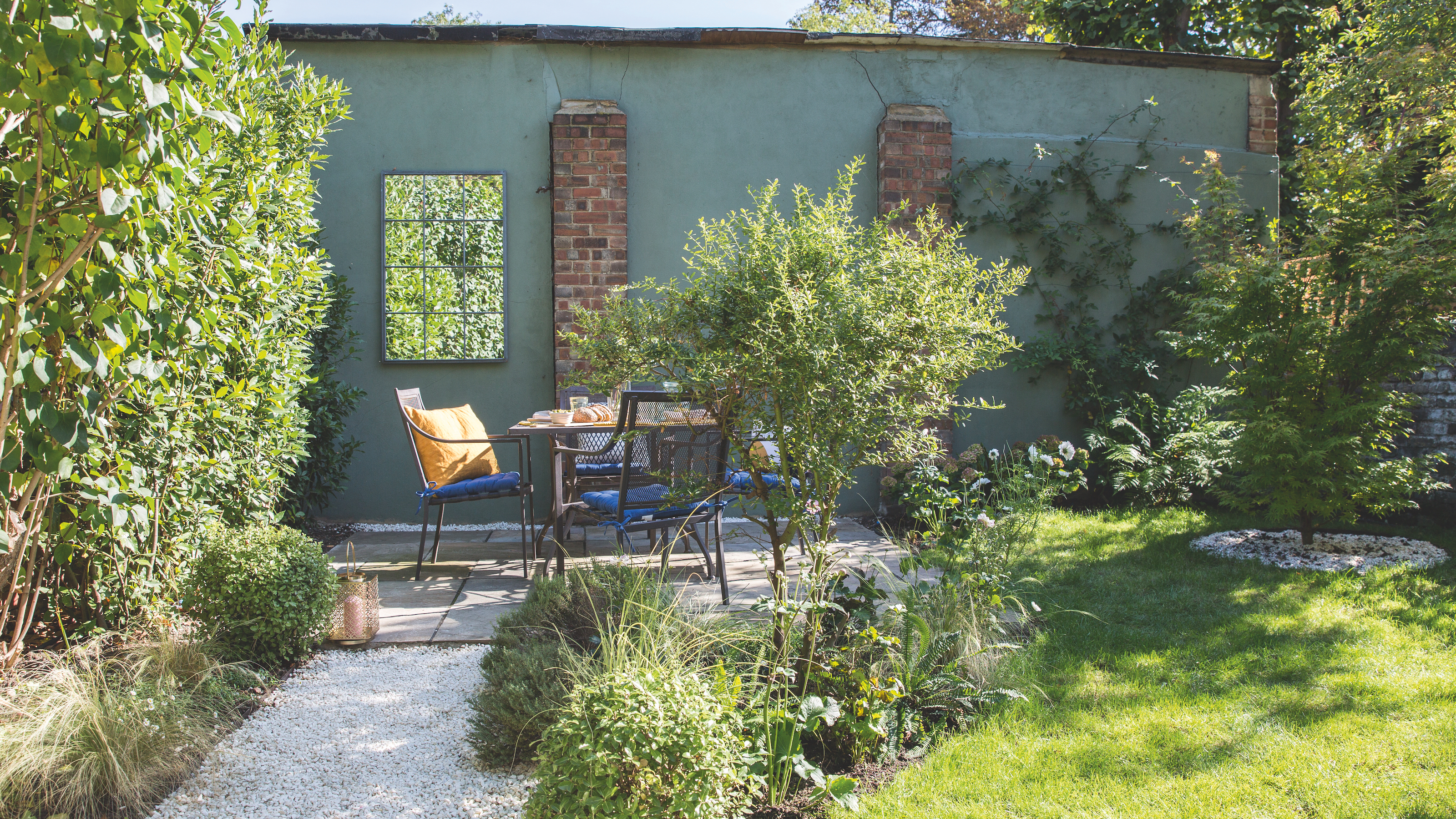


Whether you have a small patio or large garden, carving out space for an outdoor reading nook is a must for bookworms, or busy mums looking for a moment of quiet.
There's no doubt about it, being outdoors is good for the soul and no matter what sized garden you have you can easily add some outdoor seating ideas to transform it into a space to unwind in. However, what separates an outdoor reading nook from a regular seating area is the privacy, it should be a quiet spot where you can retreat away from the day-to-day hustle and bustle of life.
'It is a well-known fact that spending time in nature is beneficial for our well-being and mental health,' explains Fiona Jenkins of Myjobquote.co.uk.
'It allows us to remove ourselves from the busyness of the world and connect with nature. This in itself has enormous benefits, but the ability to retreat to a private part of the garden increases the positive impact of outdoor space and creates a welcome sanctuary from distraction, noise and everyday life.'
Having tranquil secluded spaces around the garden is a great way to promote well-being, and to dive into a book. Here we've gathered our favourite outdoor reading nook ideas to inspire you to carve out your own little haven.
1. Make it immersive
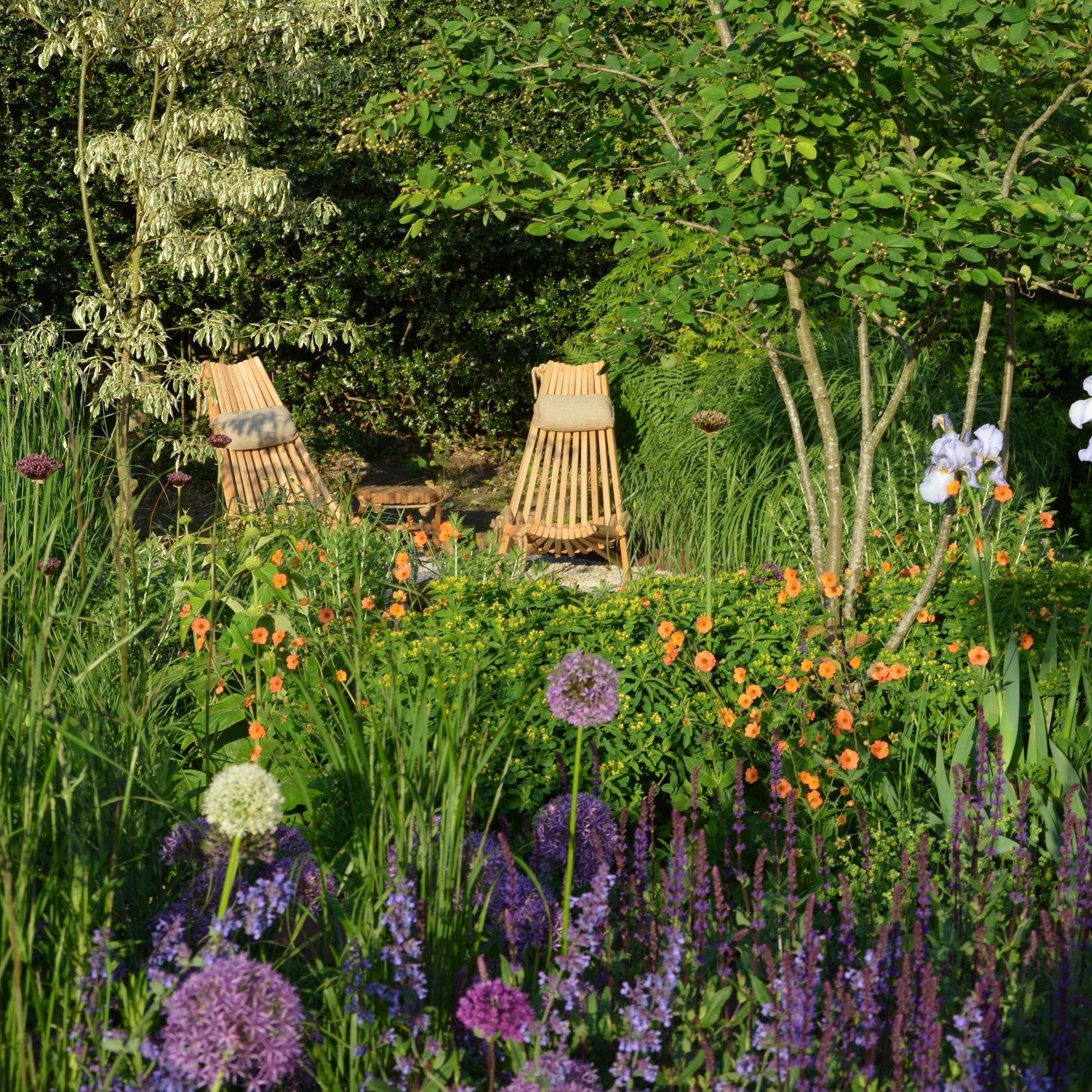
A simple but grounding outdoor reading nook idea is to position seating somewhere surrounded by plants, so you can enjoy the immersive experience of being among nature.
'Sitting at eye level with vibrant flowers, hearing the hum of insects and inhaling fragrant scents enhances the intimate, multi-sensory experience of an outdoor reading area.' James Scott, MD and principal designer at The Garden Company.
Get the Ideal Home Newsletter
Sign up to our newsletter for style and decor inspiration, house makeovers, project advice and more.
For smaller outdoor spaces, you could use container garden ideas filled with fragrant plants and herbs, positioned in a circular formation around your seating to create a similar effect.
2. Check the aspect
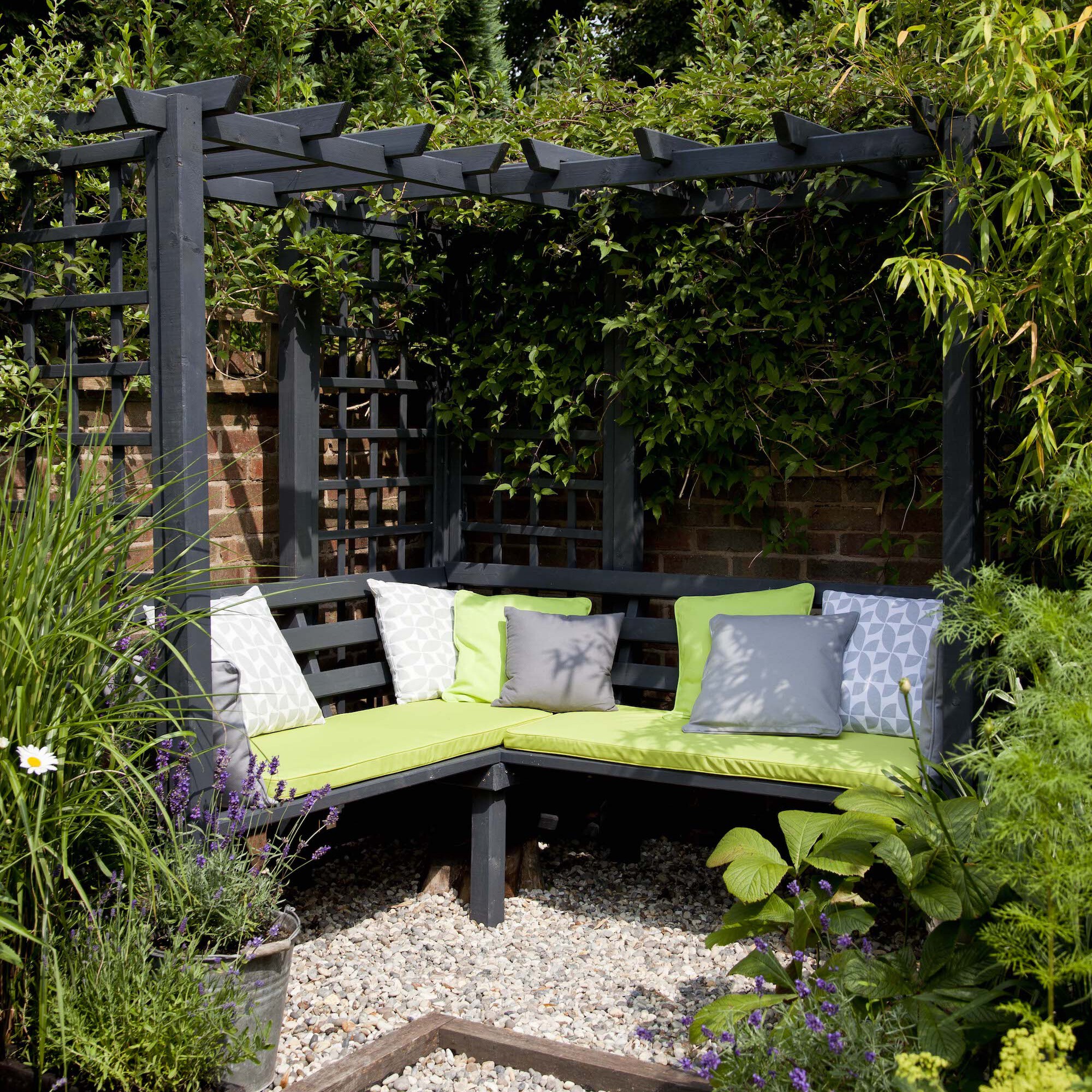
It's a good idea to have an understanding of the sun's direction over your outdoor space to help you find the perfect spot for your outdoor garden reading nook.
'Aspect is really important,' says Harriet Worsley of Worsley Design & Consultancy. 'Anyone reading wants to be warm, but the full glare of the sun makes reading hard work. In the UK, north facing areas, or spots in full shade can be chilly most of the year. I would go for a west facing area in the garden – one that gets the afternoon sun with a pergola or option for putting up a parasol for shade if the sun gets too unbearable.'
3. Plant mood-boosting plants
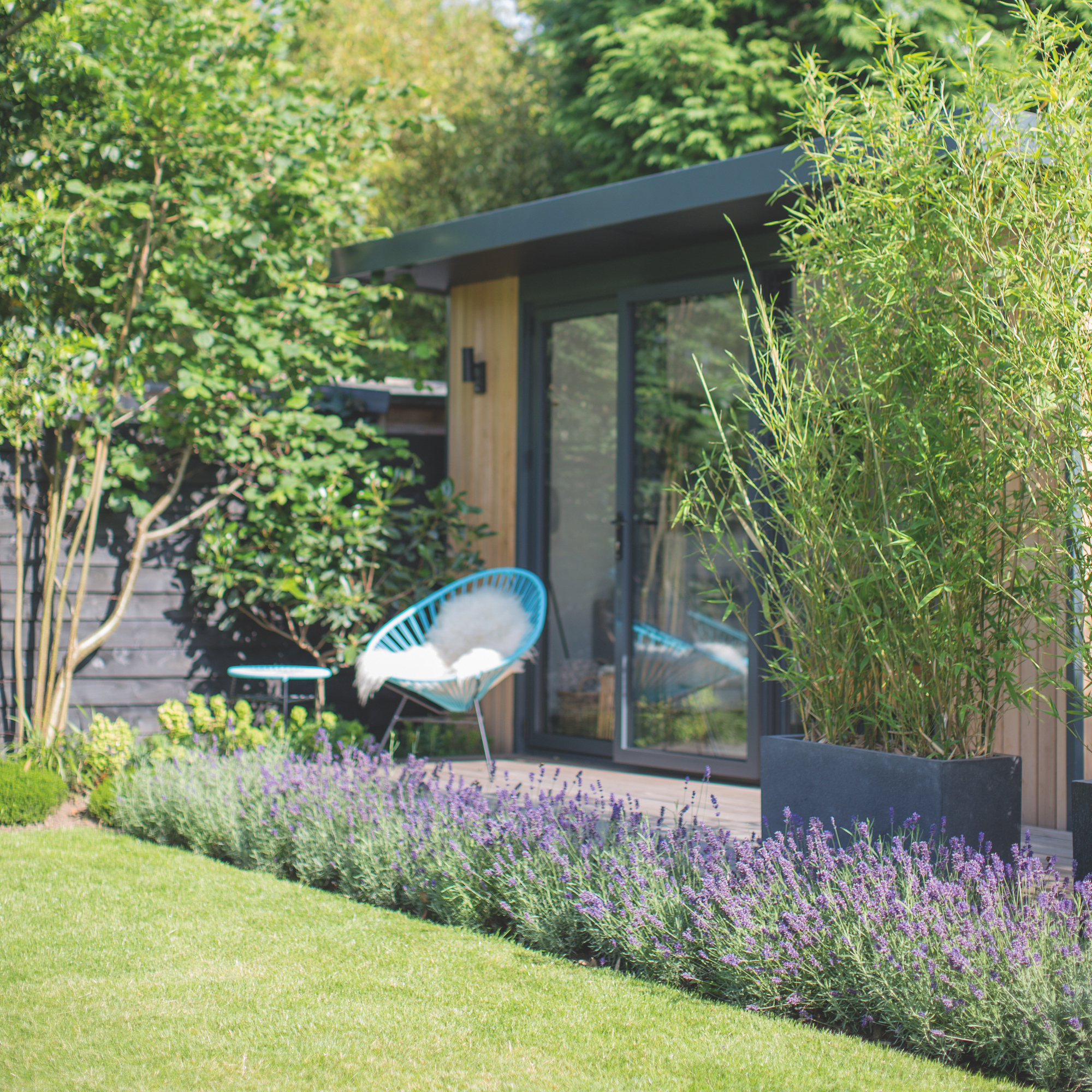
As much as finding the right spot for your seating area is important, plants are also key in creating a calming garden. Choose plants known for their relaxing scent, like lavender as Samantha Richards, garden gazebo expert at Gazeboshop explains:
'Lavender is known to help relieve physical symptoms like headaches, stomach irritations and nerves, but it's also beneficial for helping to naturally relieve anxiety and soothe the mind and body.'
Visit your local garden centre and see which plants you are drawn to and plan your space around them.
4. Tuck a bench away
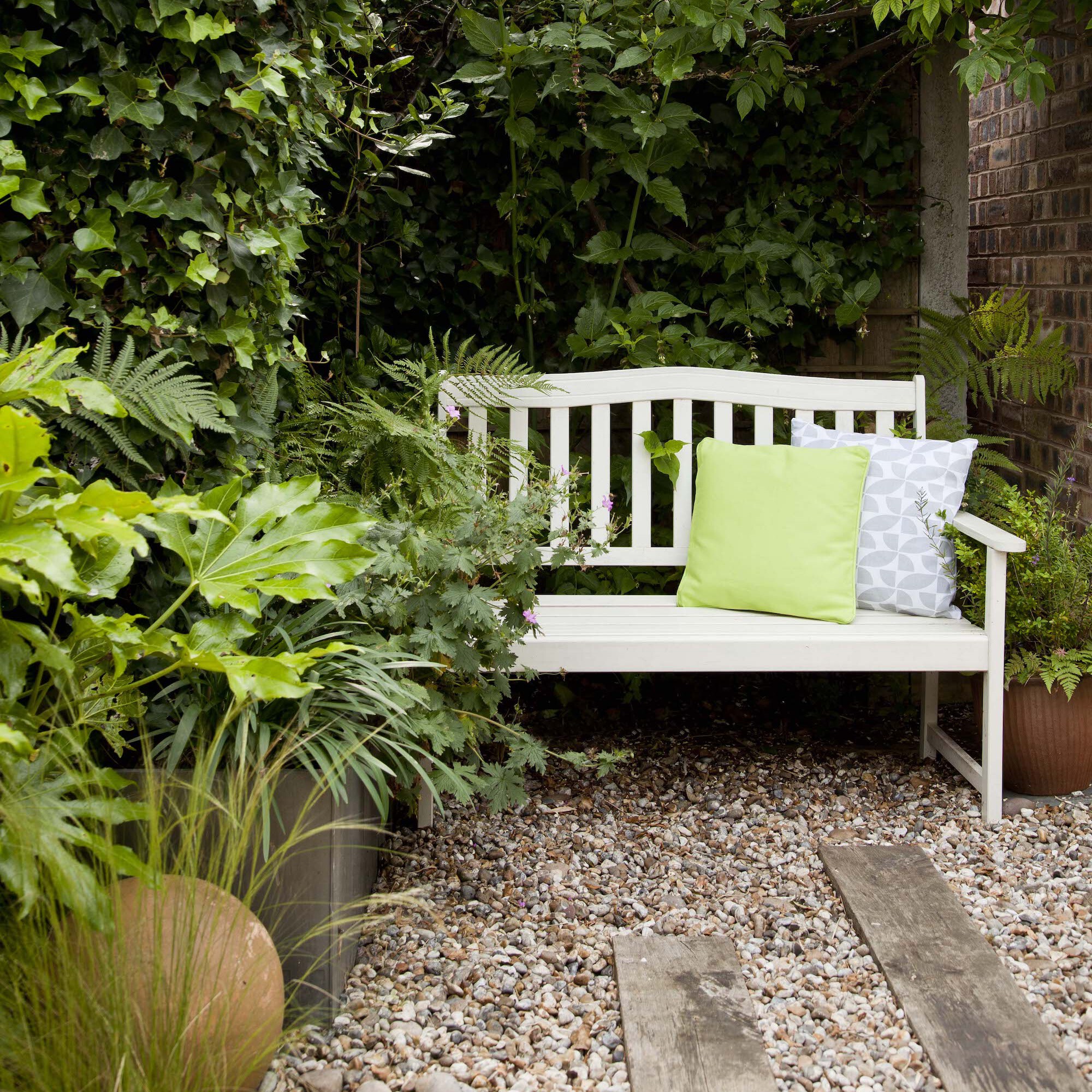
Setting up a reading nook doesn't always require a big garden project. Find a secluded area and make the most of your garden's existing features as Luke Dejahang CEO of Crown Pavilions explains:
'Creating calm and private areas in your garden is easier than you may think. Start by assessing your garden and identifying challenges, and aim to build upon your gardens existing features. Natural barriers, like tall plants, shrubs or trees, can be used to create a calm and private space.'
5. Choose a calming corner
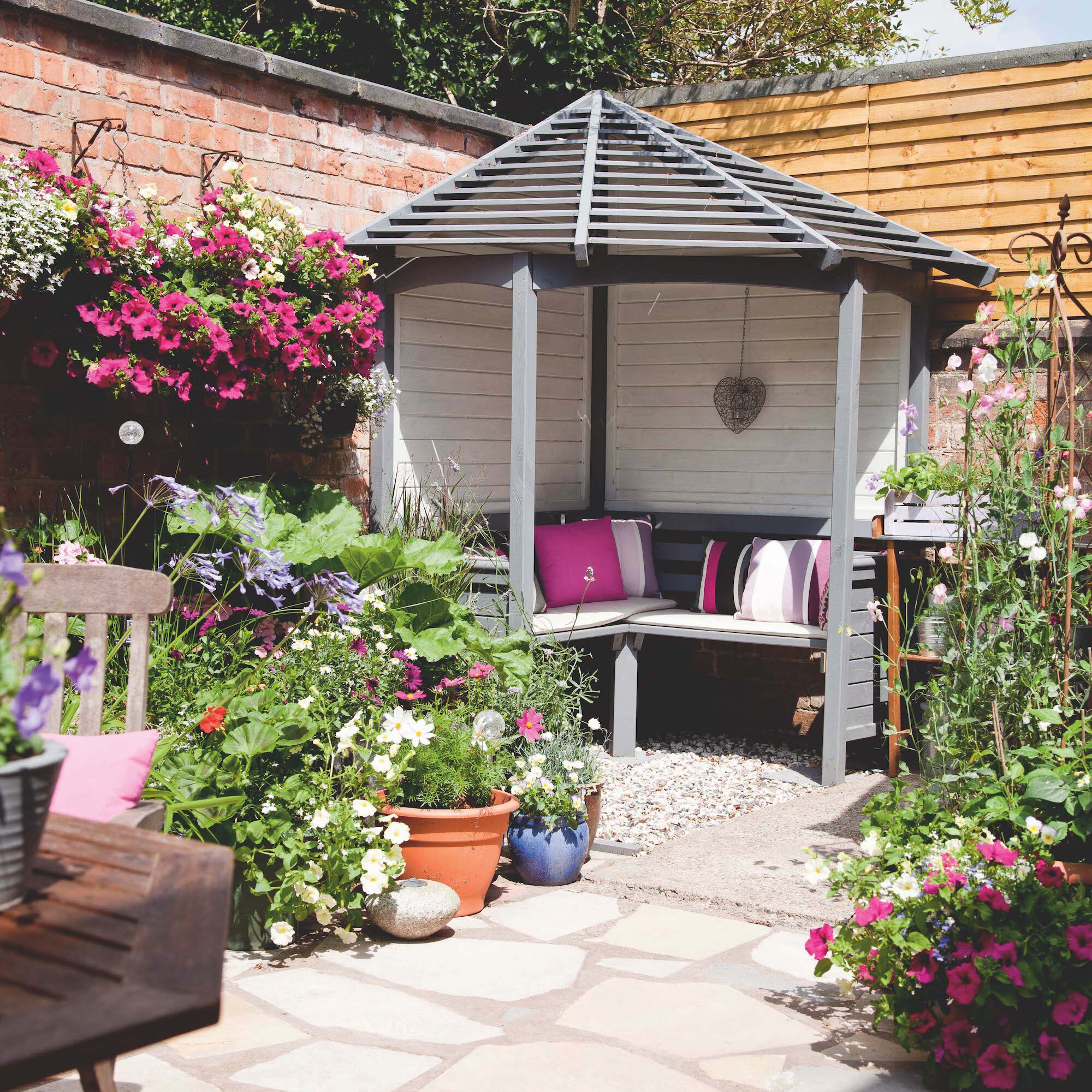
One of the best places to position your outdoor reading nook is in a corner.
'Calm private areas in a garden need to be in corners, by a wall or surrounded by plants,' explains Harriet. 'Human beings like shelter, few people feel relaxed when sitting exposed in the middle of a bare space. We need corners with comfort and cover to feel calm, which probably relates to a very basic animal instinct of only being relaxed when we have some cover and therefore not exposed to predators.'
Sam Proctor of Chiltern Garden Design agrees: 'Having protection behind but views out calms our senses as per the Prospect Refuge theory that our Stone Age ancestors preferred to have the safety of the cave protecting their vulnerable rear, but open views over the countryside to see potential attackers. It allows us to relax properly and concentrate on reading.'
6. Grow fragrant climbers
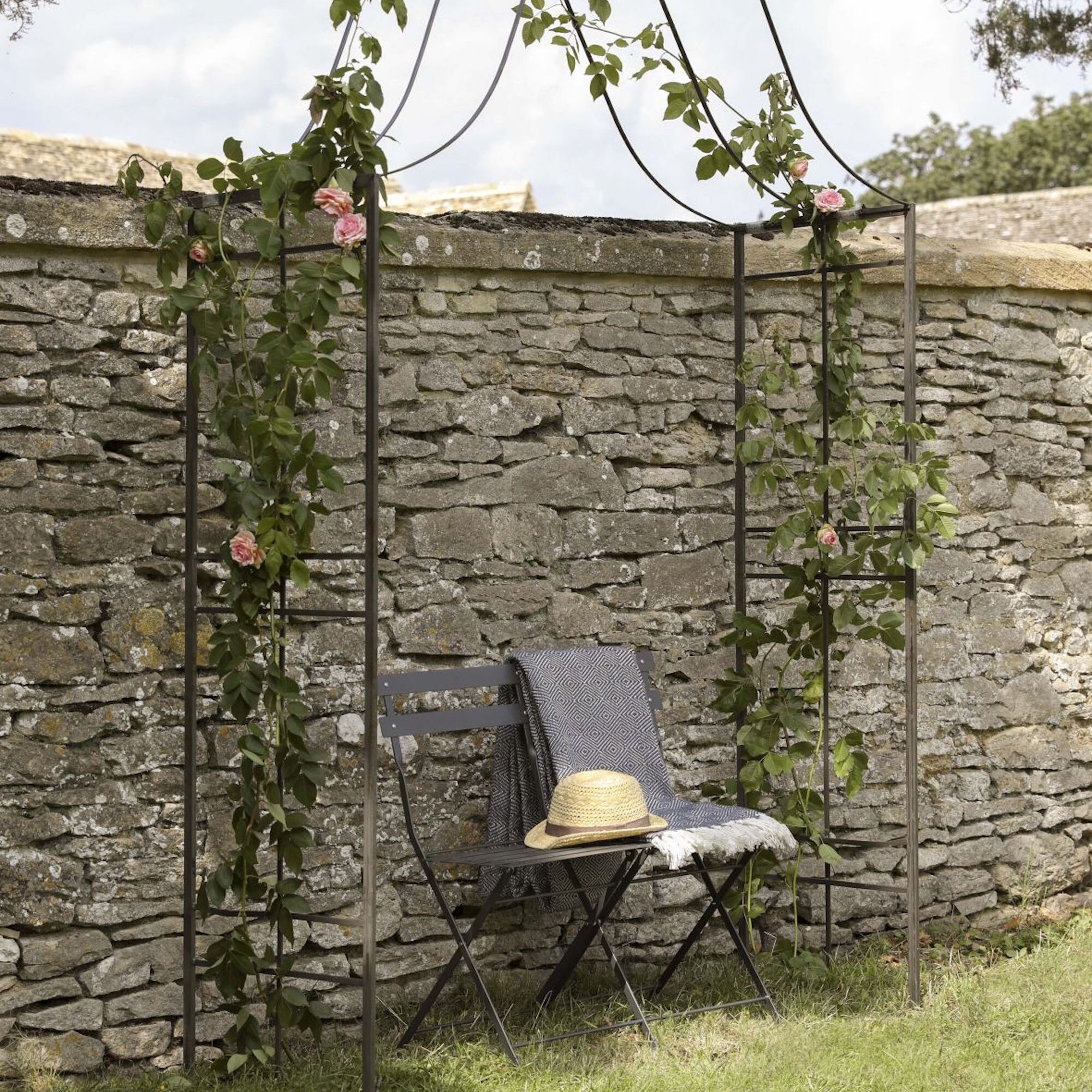
Garden structures, such as pergola ideas are another way to define a seating area and can easily blend into your garden's surroundings if you grow climbing plants up them.
'Transform your outdoor space into a tranquil retreat by surrounding your seating area with lush greenery,' advises Victoria Fletcher, senior buyer at Garden Trading.
'The gentle rustle of leaves and the earthy scent of the garden will complete your peaceful sanctuary.'
Choosing fragrant climbers such as jasmine or a beautiful climbing rose and it will create a soothing space you'll love to retreat to.
7. Create atmosphere at night
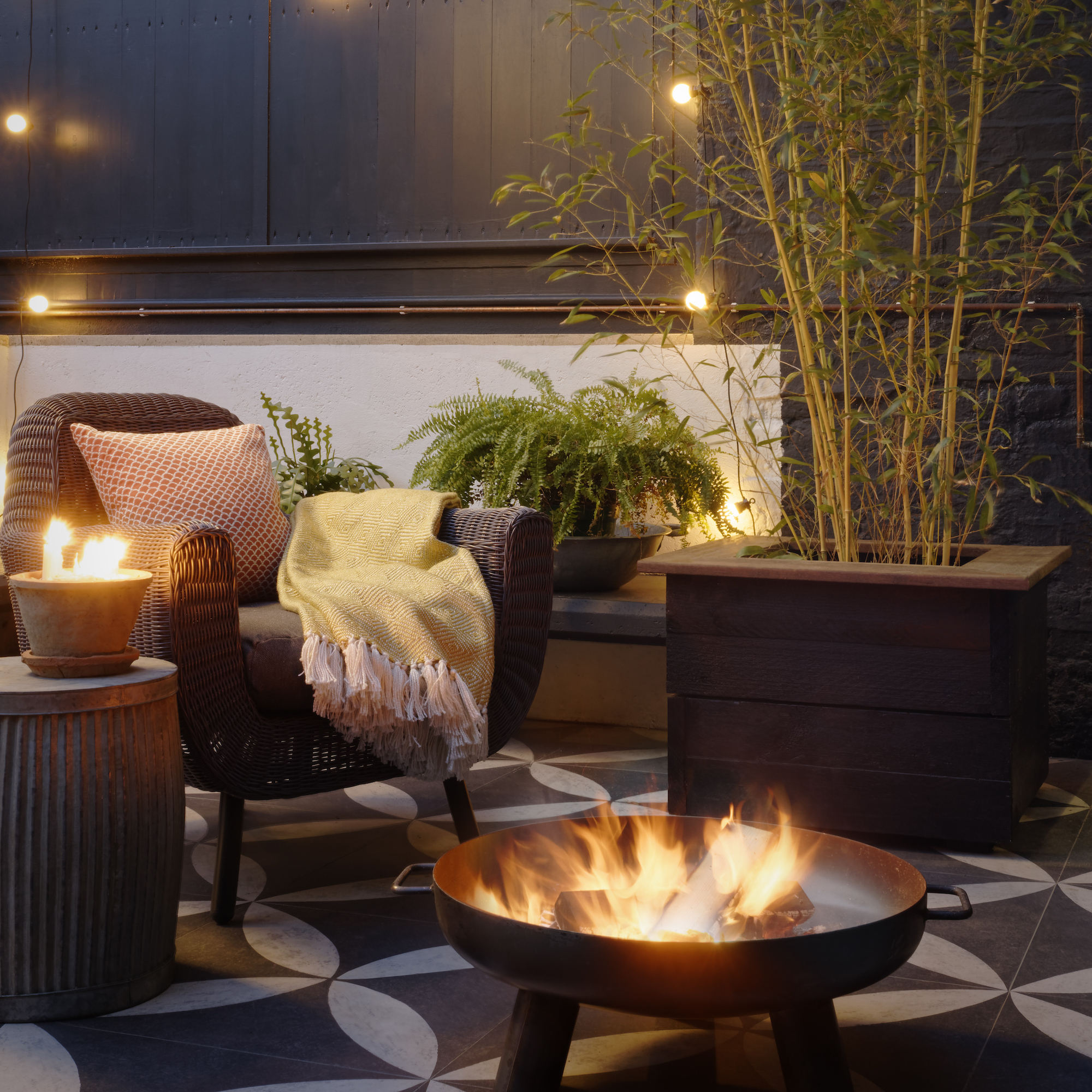
Outdoor reading nooks are not just for the daytime either. With some clever outdoor lighting ideas, cosy throws and blankets, you can snuggle up in your favourite chair until well after sundown.
'Festoon lights are ideal for a reading nook, hung overhead or across furniture providing a gorgeous glow,' says Rachel Morris, of home and garden lighting experts 4lite.
When it comes to lighting Rachel advises choosing bulbs with warmer hues.
'Colour temperature is important and ranges from warm to cool, measured by kelvins. For a cosy, homely atmosphere, you’ll want to choose warmer, yellow hues ranging from 2,000k to 3,000k, avoiding cool, white hues above 4,000k which are brighter and can be too harsh.'
8. Introduce a water feature
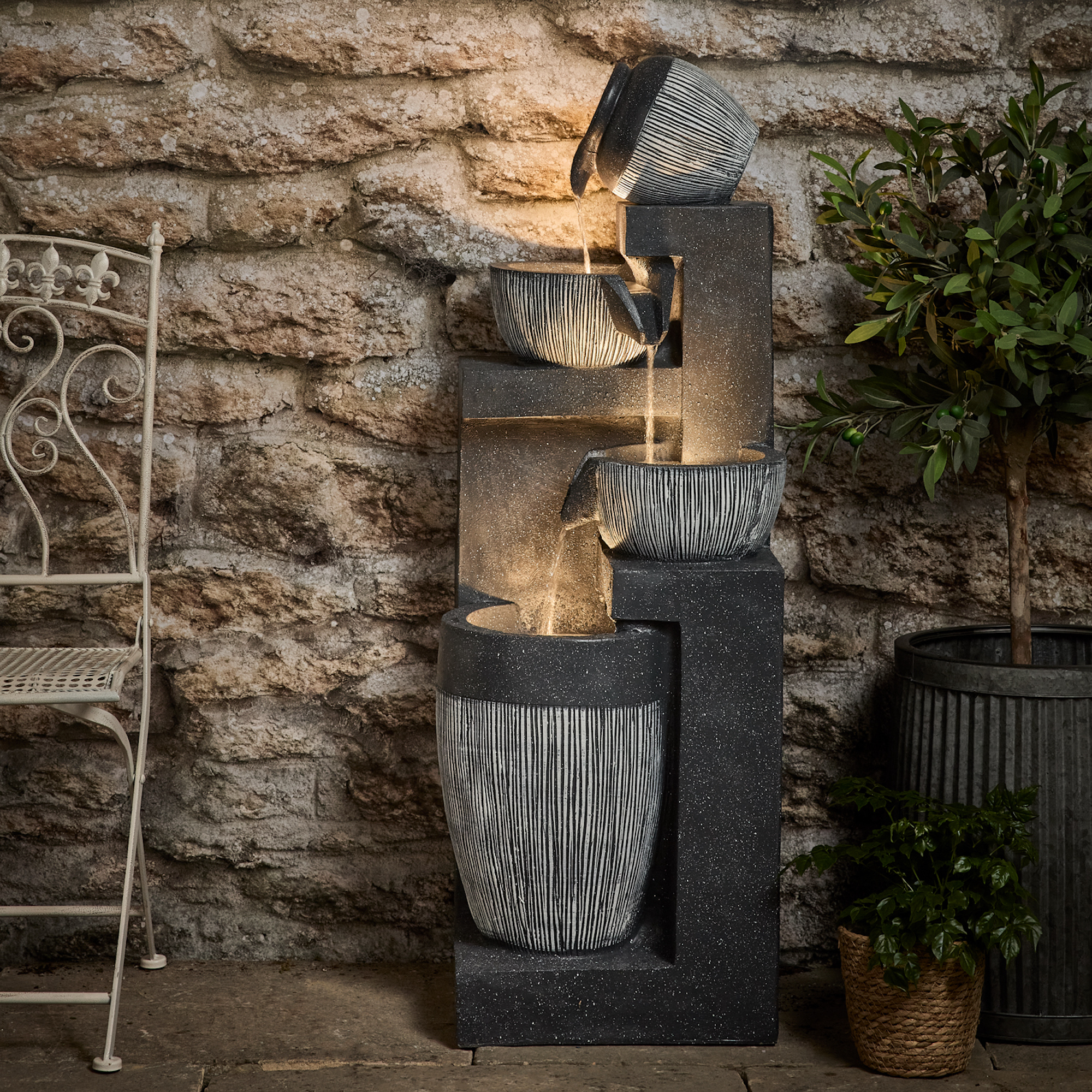
Let's face it, not all gardens and outdoor spaces are quiet tranquil spaces, so even if you do have a relaxing set up it doesn't always mean it's quiet.
'If you're trying to create a calm space in a garden but have to contend with traffic or other noise, try adding a small water feature, which helps block out the background noise as we concentrate on the soothing sound of the water,' advises Marlene Lento of Marlene Lento Design Studio. '
There is a large selection of self-contained water features of all sizes available these days, so this is worth exploring for even the smallest of spaces and most limited of budgets.'
Marlene Lento designs bespoke gardens that encompass every aspect of today’s outdoor living space including outdoor entertainment areas, lighting and planting schemes, pools, and natural swimming ponds. Marlene‘s qualifications in environmental design, planting design and interior architecture give her an in-depth understanding of how we perceive and use space, and how to design a garden that complements and elevates any property.
9. Attract pollinators to your garden
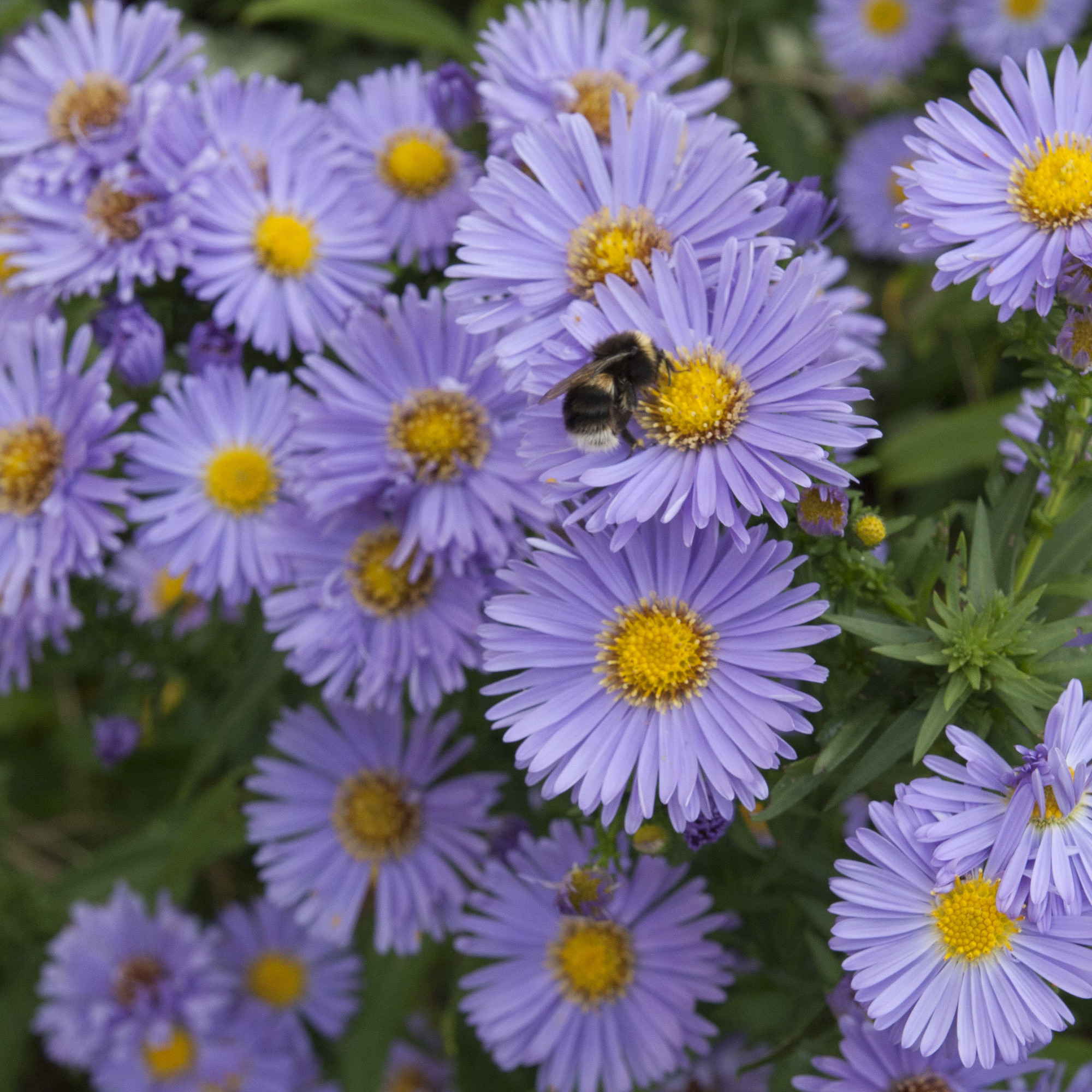
Growing plants to attract pollinators and other wildlife, can help to give you a sense of satisfaction and gratitude. Position your outdoor reading nook somewhere nestled among pollinator-friendly plants so you can enjoy watching them hard at work.
'Not only will planting flowers make your garden look and feel calming, flowers also encourage bees and improve your garden's growing potential,' says Samantha. 'Attracting pollinators will fertilise plants and help produce more seeds, so it's important to plant a mixture of flowers for all species of bees.'
10. Choose an easy set up
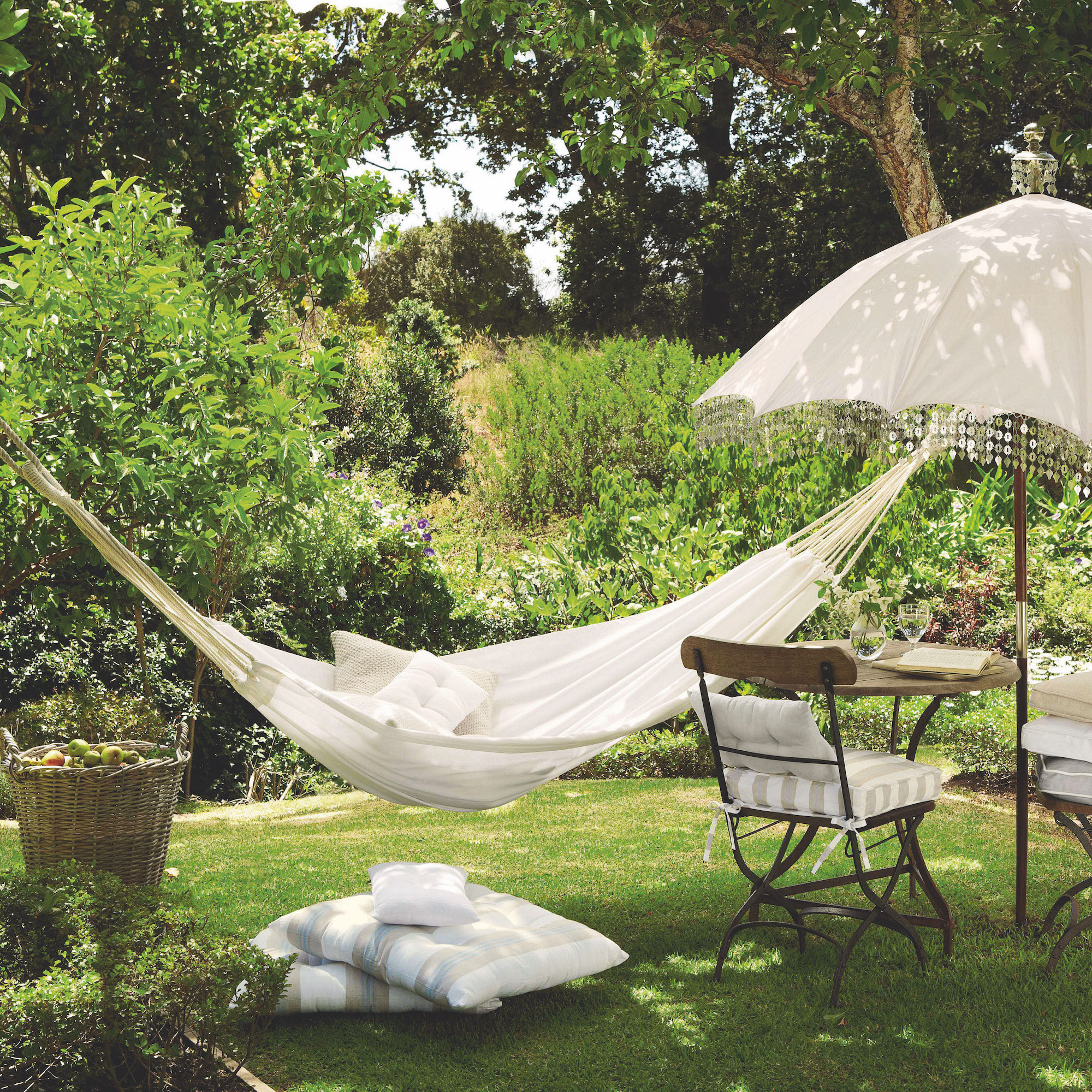
If you don't have space for a permanent reading nook in your garden, a hammock is a great option that can easily be packed away at the end of the day.
'A hammock is one of the most comfortable and relaxing ways to enjoy a good book in the garden,' says Fiona. 'When placed between two trees you have the added benefit of natural shade as well as the restful sound of the wind in the leaves.'
FAQs
What should be included in an outdoor reading nook?
'Ideally, a nook will have a wall or fence on two sides – a corner works great,' explains Marlene. 'Adding planting to create a sense of separation and screening from the busier part of the garden is useful.'
But, Marlene points out the most important thing is that you have a comfortable seat or lounger. 'This can take the form of a freestanding piece of furniture or a built-in bench with a pad and plenty of comfy cushions. An area to lean on is crucial, and the wider the bench the better. Somewhere to put a drink or snack is handy as well and if the area is sunny, consider a vine covered pergola to provide some light shade.'
If you need a weekend project why not use it to carve out your own relaxing outdoor reading nook.

Amy Hodge has been working on interiors magazines for over 11 years. She's a freelance writer and sub editor who has worked for some of the UK's leading interiors magazines including Ideal Home, Style at Home and Country Homes & Interiors. She started at Style at Home just after it launched as food editor and is now chief sub editor for Ideal Home, Style at Home and Country Homes & Interiors.
-
 Wood drenching is the calming new twist on the colour drenching trend – here’s how to make the look work in your home
Wood drenching is the calming new twist on the colour drenching trend – here’s how to make the look work in your homeIt’s easier than ever to embrace natural materials
By Maddie Balcombe
-
 Aldi is launching a £200 day bed with four different features - its sleek design is suited to the whole family
Aldi is launching a £200 day bed with four different features - its sleek design is suited to the whole familyYou don't want to miss out on this Specialbuy
By Kezia Reynolds
-
 How to set up a drip watering system that saves water and a lot of effort
How to set up a drip watering system that saves water and a lot of effortKeep your plants hydrated (and your water bill down) with this clever garden watering solution
By Natalie Osborn
-
 Aldi is launching a £200 day bed with four different features - its sleek design is suited to the whole family
Aldi is launching a £200 day bed with four different features - its sleek design is suited to the whole familyYou don't want to miss out on this Specialbuy
By Kezia Reynolds
-
 I’m seeing pastel garden furniture at all my favourite brands this spring, but QVC’s sorbet collection impressed me the most
I’m seeing pastel garden furniture at all my favourite brands this spring, but QVC’s sorbet collection impressed me the mostFresh pastel shades are a great way to liven up your outdoor space
By Kezia Reynolds
-
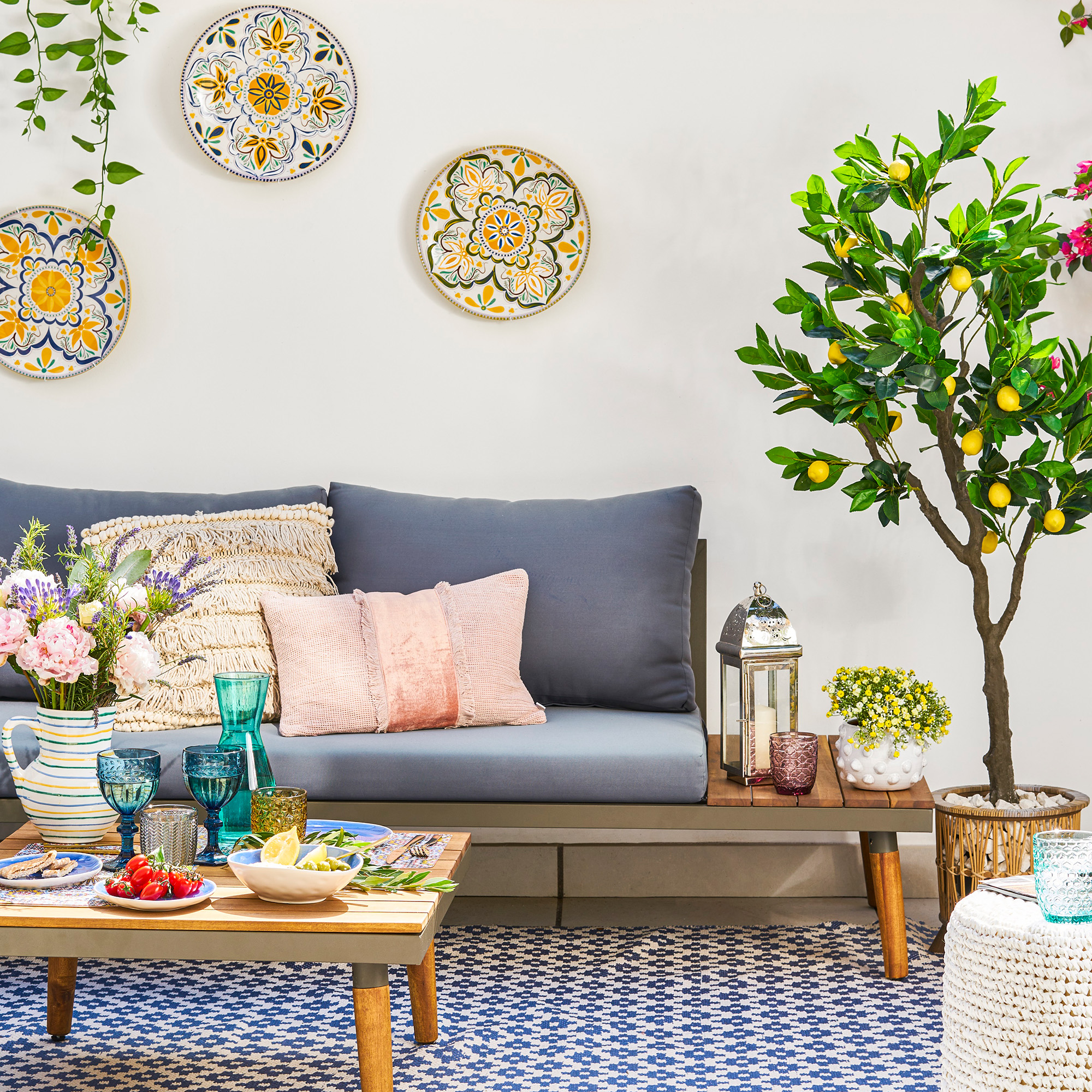 I spent the afternoon looking through Wayfair's garden sale – these are the 6 pieces I'm buying immediately for summer
I spent the afternoon looking through Wayfair's garden sale – these are the 6 pieces I'm buying immediately for summerThese are my must-have garden buys from the sale
By Holly Reaney
-
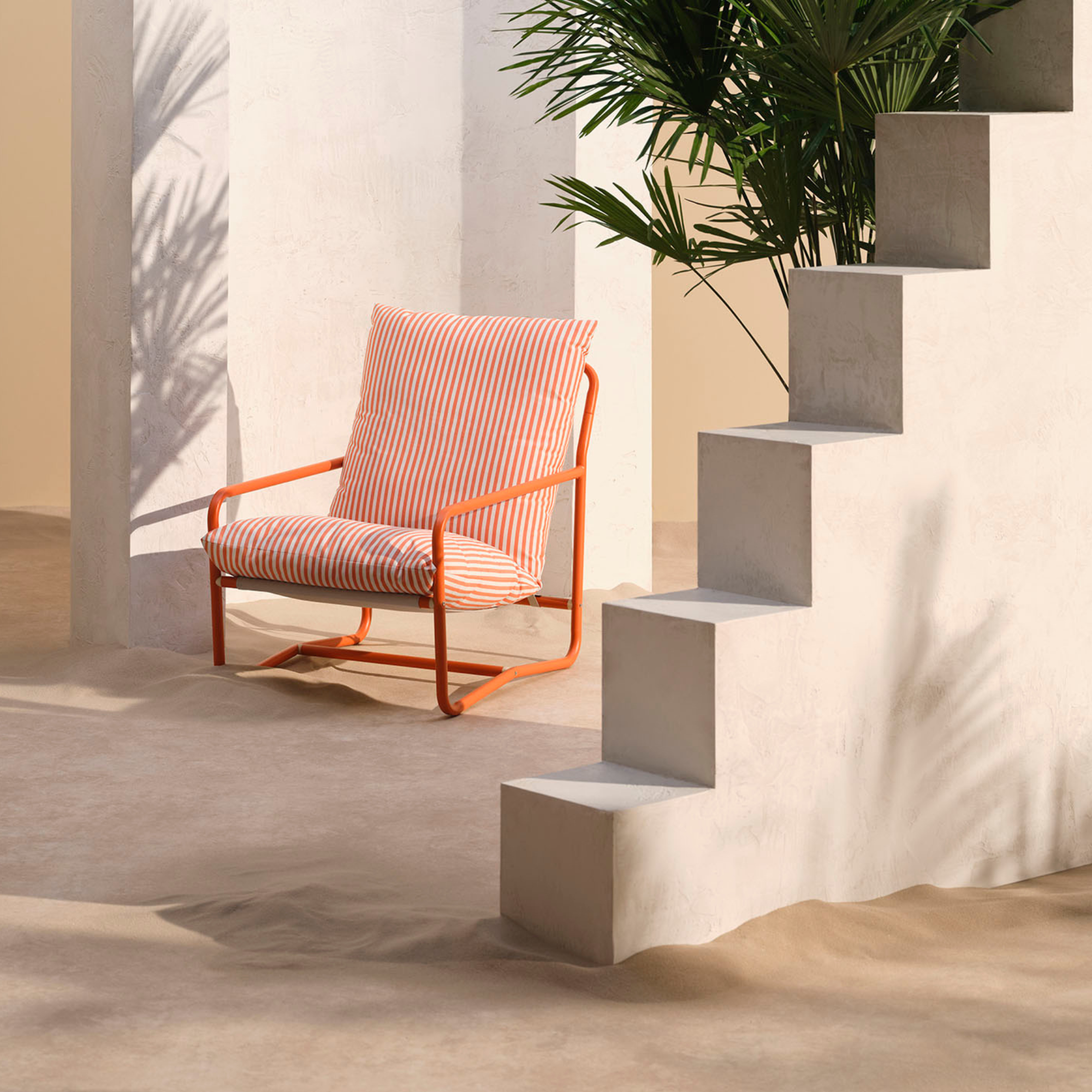 I’ve found the perfect alternative to John Lewis’ sold-out striped garden chair – and you won’t believe where it's from
I’ve found the perfect alternative to John Lewis’ sold-out striped garden chair – and you won’t believe where it's fromJohn Lewis' Sling Garden Chair is one of the most stylish pieces of garden furniture I'd seen – until I tracked down this QVC lounge chair...
By Kezia Reynolds
-
 Lidl is selling a smart tiered planter that will unlock extra planting space in a tiny garden or balcony
Lidl is selling a smart tiered planter that will unlock extra planting space in a tiny garden or balconyWhy I've been eyeing this planter up for my tiny garden
By Kezia Reynolds
-
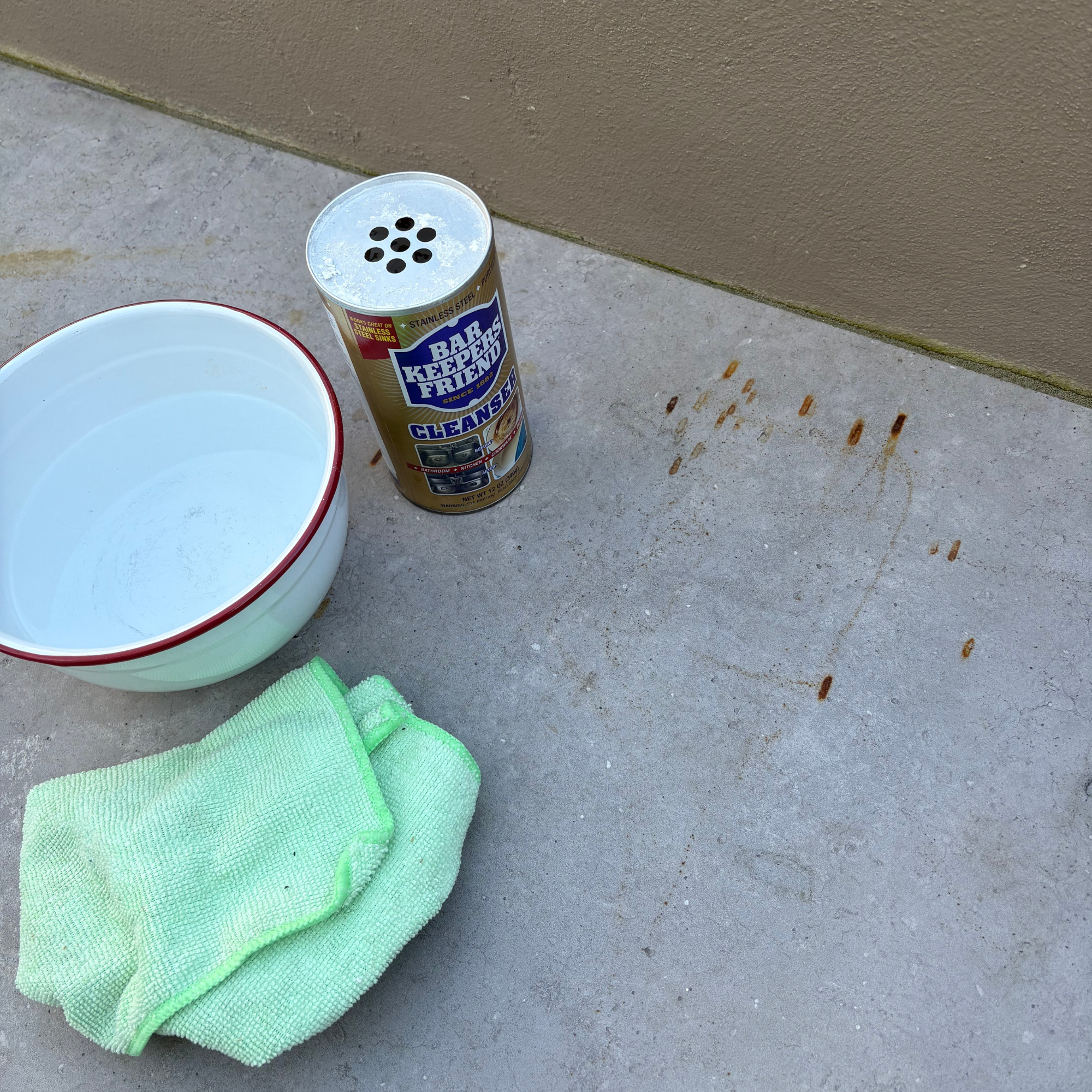 I’ve found the best solution for cleaning stains from a patio - and it’s only £8 on Amazon
I’ve found the best solution for cleaning stains from a patio - and it’s only £8 on AmazonThe stains practically vanish!
By Kezia Reynolds
-
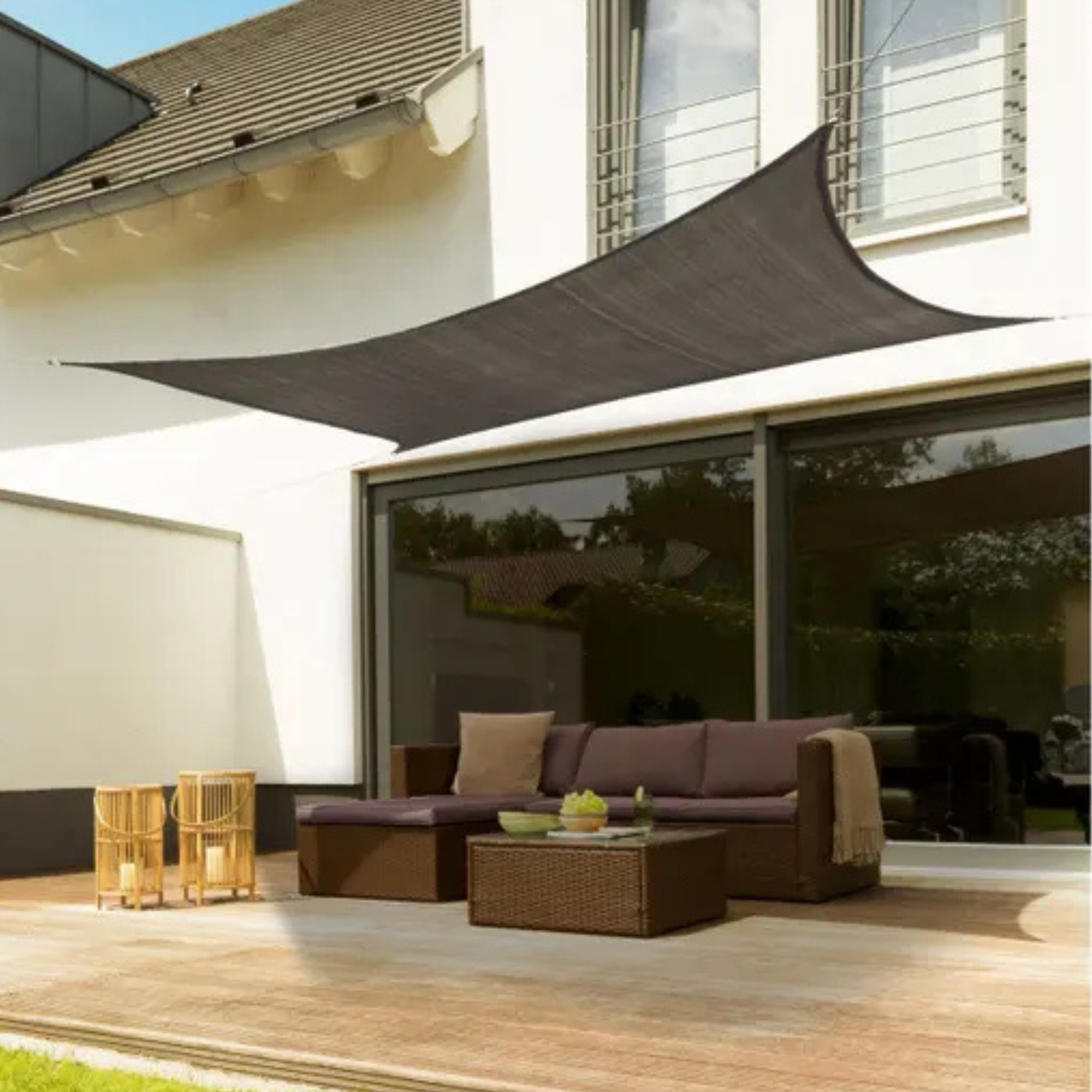 Lidl’s £15 sun sail is everything you need to create a shady oasis in your garden – and it’s on sale right now
Lidl’s £15 sun sail is everything you need to create a shady oasis in your garden – and it’s on sale right nowWith two stylish colours available, the sun sail will make a chic yet practical addition to any of your garden.
By Kezia Reynolds
-
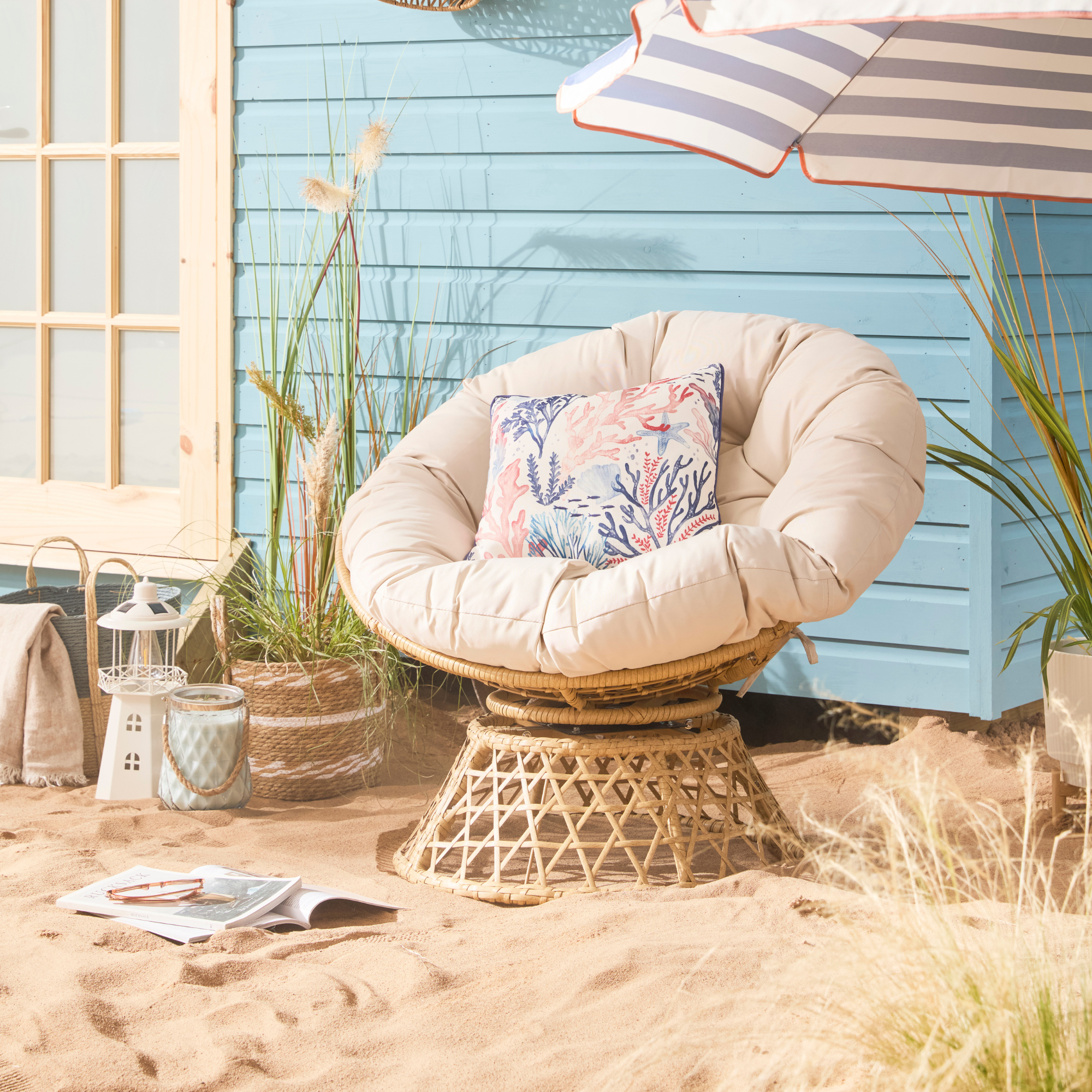 B&M has nailed 2025's breakout garden furniture trend - it's one of the most affordable and stylish I've seen
B&M has nailed 2025's breakout garden furniture trend - it's one of the most affordable and stylish I've seenGet the luxe look for less
By Kezia Reynolds
